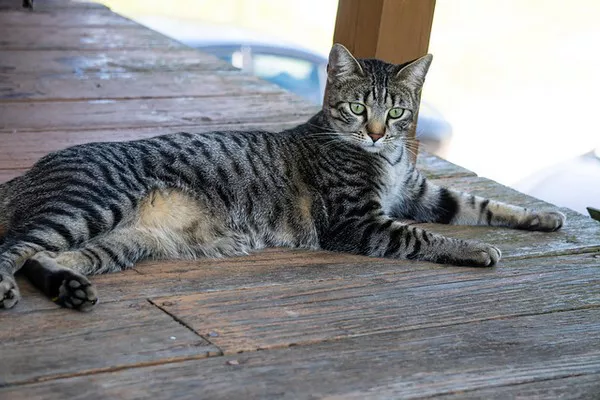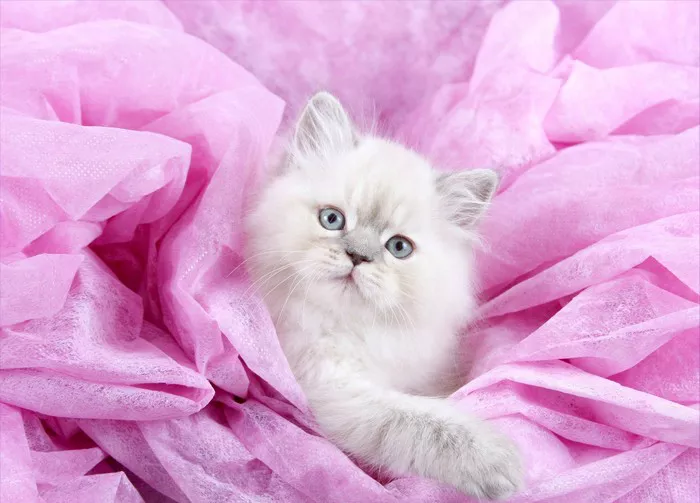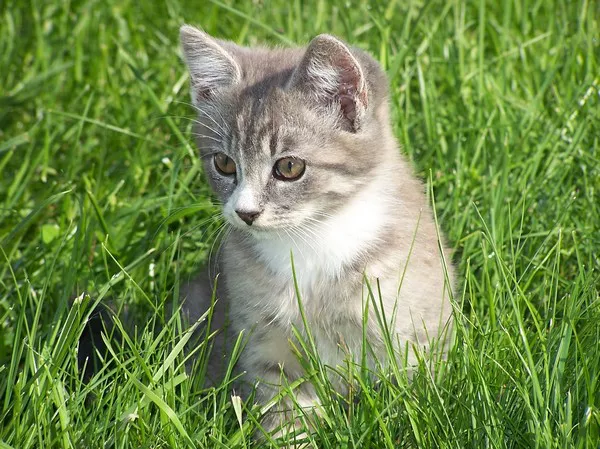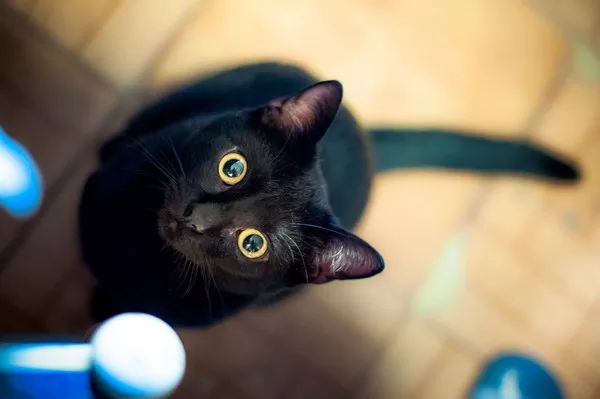The Egyptian Mau is a captivating breed of cat known for its stunning appearance and distinctive spotted coat. Among the defining characteristics of the Egyptian Mau are the spots that adorn its fur, adding to its allure and mystique. However, these spots aren’t just confined to the cat’s fur – they can also be found on its skin. In this article, we delve into the world of Egyptian Maus and explore the intriguing phenomenon of the spots on their skin.
Understanding the Egyptian Mau
Before delving into the spots on their skin, let’s first gain a deeper understanding of the Egyptian Mau breed. Known for their grace, athleticism, and striking appearance, Egyptian Maus are one of the oldest domesticated cat breeds. Originating from ancient Egypt, they have a rich history intertwined with Egyptian culture and mythology.
1. Origins and History: Egyptian Maus are believed to have been revered by ancient Egyptians, who considered them sacred companions and guardians. Depictions of spotted cats resembling the modern Egyptian Mau can be found in ancient Egyptian artwork and artifacts, highlighting their significance in Egyptian society.
2. Physical Characteristics: Egyptian Maus are distinguished by their muscular build, almond-shaped eyes, and striking spotted coat. Their coat comes in various colors, including silver, bronze, and smoke, with distinct spots or markings that accentuate their beauty.
3. Temperament: Egyptian Maus are known for their intelligent, loyal, and affectionate nature. They form strong bonds with their human companions and enjoy interactive play and mental stimulation. Despite their wild appearance, they are gentle and social cats that thrive in loving homes.
The Spots on Egyptian Maus’ Skin
While the spots on an Egyptian Mau’s fur are readily visible and contribute to their aesthetic appeal, spotting can also extend to their skin. Understanding the nature and characteristics of these spots can provide insights into the genetics and physiology of the breed.
1. Genetic Basis: The spots on an Egyptian Mau’s skin are a result of genetic factors that influence coat color and pattern. The breed carries a genetic mutation known as the “ticked” or “agouti” gene, which gives rise to the characteristic spotted or “mackerel” tabby pattern seen in Egyptian Maus. This gene controls the distribution of pigment in the cat’s fur, resulting in the formation of spots or stripes.
2. Pigmentation: The spots on an Egyptian Mau’s skin are areas of concentrated pigmentation, similar to the spots on their fur. These spots may vary in size, shape, and intensity, depending on individual genetics and environmental factors. The pigmentation of the spots is determined by the presence of melanocytes, specialized cells that produce melanin, the pigment responsible for coloration in the skin and fur.
3. Distribution: The distribution of spots on an Egyptian Mau’s skin may correspond to the pattern seen in their fur, with spots appearing in similar areas across the body. However, the intensity and density of spotting may vary between individuals, resulting in unique patterns and markings that distinguish one cat from another.
Common Variations in Spots
While Egyptian Maus typically exhibit a spotted or “mackerel” tabby pattern, variations in spotting may occur due to genetic diversity and breeding practices. These variations contribute to the individuality and beauty of each cat.
1. Classic Spots: Classic spotting refers to the standard spotted pattern seen in Egyptian Maus, characterized by well-defined spots or rosettes distributed evenly across the body. These spots may vary in size and intensity but maintain a consistent pattern that accentuates the cat’s sleek physique.
2. Marbled Markings: In addition to classic spots, some Egyptian Maus may exhibit marbled or swirled markings on their skin. Marbling is characterized by irregular patches or streaks of color that intermingle with the spots, creating a unique and captivating pattern reminiscent of marble stone.
3. Ticking: Ticking refers to the presence of fine, individual hairs with alternating bands of color, giving the appearance of a speckled or “salt and pepper” effect. While not as prominent as spots or stripes, ticking adds depth and texture to the Egyptian Mau’s coat, enhancing its overall beauty.
Caring for Egyptian Maus’ Skin
Maintaining healthy skin is essential for the overall well-being of Egyptian Maus, including preserving the beauty of their spots. Proper grooming and skincare practices can help keep their skin in optimal condition.
1. Regular Brushing: Brushing your Egyptian Mau’s coat regularly helps remove loose hair, dirt, and debris, preventing matting and promoting healthy skin and fur. Use a soft-bristled brush or grooming mitt to gently comb through the cat’s coat, paying attention to areas with spots or markings.
2. Bathing: While Egyptian Maus are generally fastidious groomers and may not require frequent bathing, occasional baths can help keep their skin clean and free of excess oil and debris. Use a mild, hypoallergenic cat shampoo formulated for sensitive skin, and rinse thoroughly to avoid residue buildup.
3. Moisturizing: Moisturizing your cat’s skin can help alleviate dryness and irritation, particularly in areas with spotting or pigmentation. Choose a gentle, fragrance-free moisturizer or pet-safe moisturizing spray and apply sparingly to dry or flaky patches as needed.
4. Regular Veterinary Check-ups: Schedule regular veterinary check-ups to monitor your Egyptian Mau’s overall health and skin condition. Your veterinarian can assess the skin for any signs of irritation, infection, or dermatological issues and provide appropriate treatment or recommendations.
Conclusion
The spots on an Egyptian Mau’s skin are not just a visual marvel but also a reflection of the breed’s genetic heritage and physiological characteristics. Understanding the genetic basis, pigmentation, and variations in spotting can deepen our appreciation for these captivating cats and their unique beauty. By providing proper care and attention to their skin, Egyptian Mau owners can ensure that their beloved companions remain healthy, happy, and stunning for years to come.



























